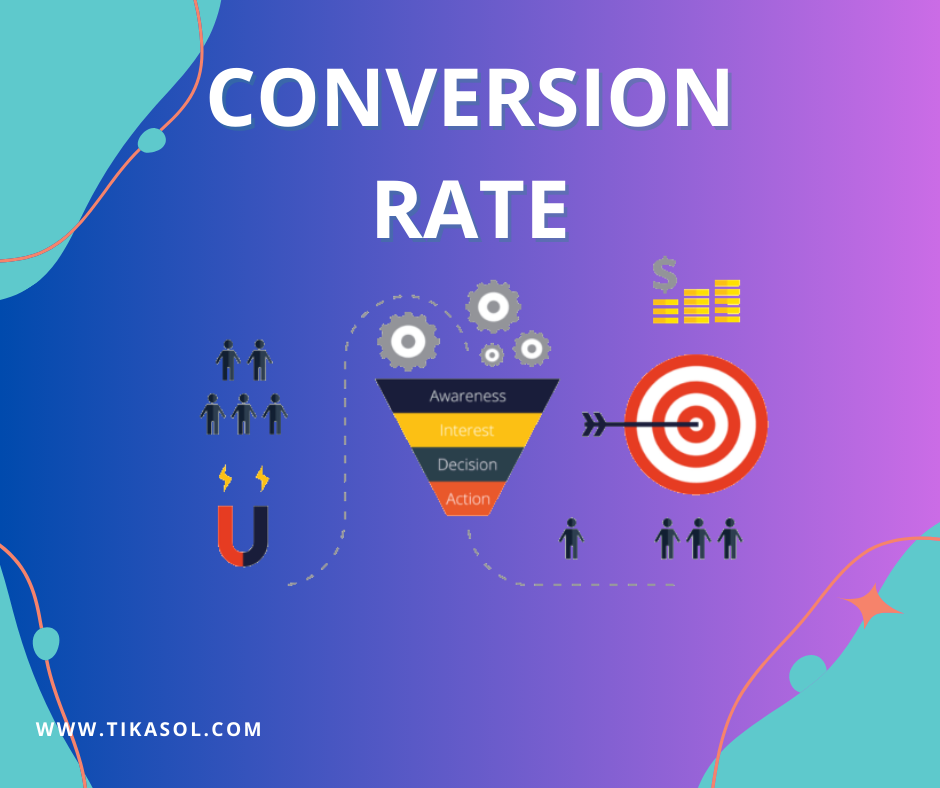What Is Conversion Rate? Expert Tips to Optimize Your Website's Performance
In today’s competitive digital world, conversion rate is one of the most important metrics businesses track to measure the success of their marketing efforts. Understanding what conversion rate means and how to optimize it can help you increase sales, reduce advertising costs, and improve user experience on your website.
In this comprehensive guide, we’ll break down the basics of conversion rate and share expert tips to boost your website’s performance.
What Is Conversion Rate?
Conversion rate (CR) is the percentage of visitors to your website who complete a desired action. This action could be making a purchase, signing up for a newsletter, downloading a resource, or any goal you set for your site.
Conversion Rate Formula:
Example:
If your website has 1,000 visitors in a month and 50 of them make a purchase, your conversion rate is:
Why Is Conversion Rate Important?
A high conversion rate means your website successfully persuades visitors to take action, proving the effectiveness of your marketing strategies.
Key Benefits of a High Conversion Rate:
-
Increased Sales: More conversions mean more revenue without necessarily increasing traffic.
-
Cost Efficiency: Higher conversion rates reduce your cost per acquisition, maximizing your marketing budget.
-
Better User Experience: Optimizations that improve conversions also make your website more user-friendly.
-
Competitive Advantage: Sites with better conversion rates outperform competitors by turning more visitors into customers.
Factors Influencing Conversion Rate
To optimize your conversion rate, you need to understand what affects it:
1. Website Design & User Experience (UX)
A clean, intuitive design with easy navigation builds user trust and encourages conversions. Make sure your website is responsive and works well on all devices.
2. Content & Call-to-Action (CTA)
Clear, compelling content paired with strong CTAs guides visitors toward desired actions and boosts conversion rates.
3. Page Load Speed
Slow websites drive visitors away. Optimize images and streamline your code to ensure fast loading times.
4. Mobile Optimization
With growing mobile traffic, a mobile-friendly website is essential to capture and convert visitors using smartphones and tablets.
5. SEO & Technical Aspects
Good SEO practices — such as clear URLs, optimized meta descriptions, and relevant keywords — improve visibility and attract qualified visitors more likely to convert.
Proven Strategies to Optimize Your Conversion Rate
Here are actionable strategies that can help increase your website’s conversion rate:
1. Optimize Landing Pages
Create landing pages focused on a single goal. Use powerful headlines, concise content, and prominent CTAs to guide visitors.
2. A/B Testing
Test different versions of page elements like headlines, images, and CTAs to find out what works best for your audience.
3. Leverage Social Proof
Showcase testimonials, reviews, and case studies to build trust and credibility.
4. Simplify the Conversion Process
Minimize the steps required to complete a conversion. A simple, frictionless process encourages more visitors to act.
5. Utilize Retargeting Campaigns
Retarget visitors who didn’t convert on their first visit to remind them of your products or services and bring them back.
Conclusion
Optimizing your conversion rate is an ongoing effort involving analysis, testing, and data-driven improvements. By focusing on key factors and applying proven strategies, you can boost your website’s performance and achieve your business goals.
Need Expert Assistance?
At Tikasol, we specialize in creating and managing TikTok advertising campaigns that comply with platform policies and deliver high conversion rates. Our team helps you reach your marketing objectives while avoiding common pitfalls like account bans.
Ready to take your digital marketing to the next level?
Visit tikasol.com and contact us today to get started!





